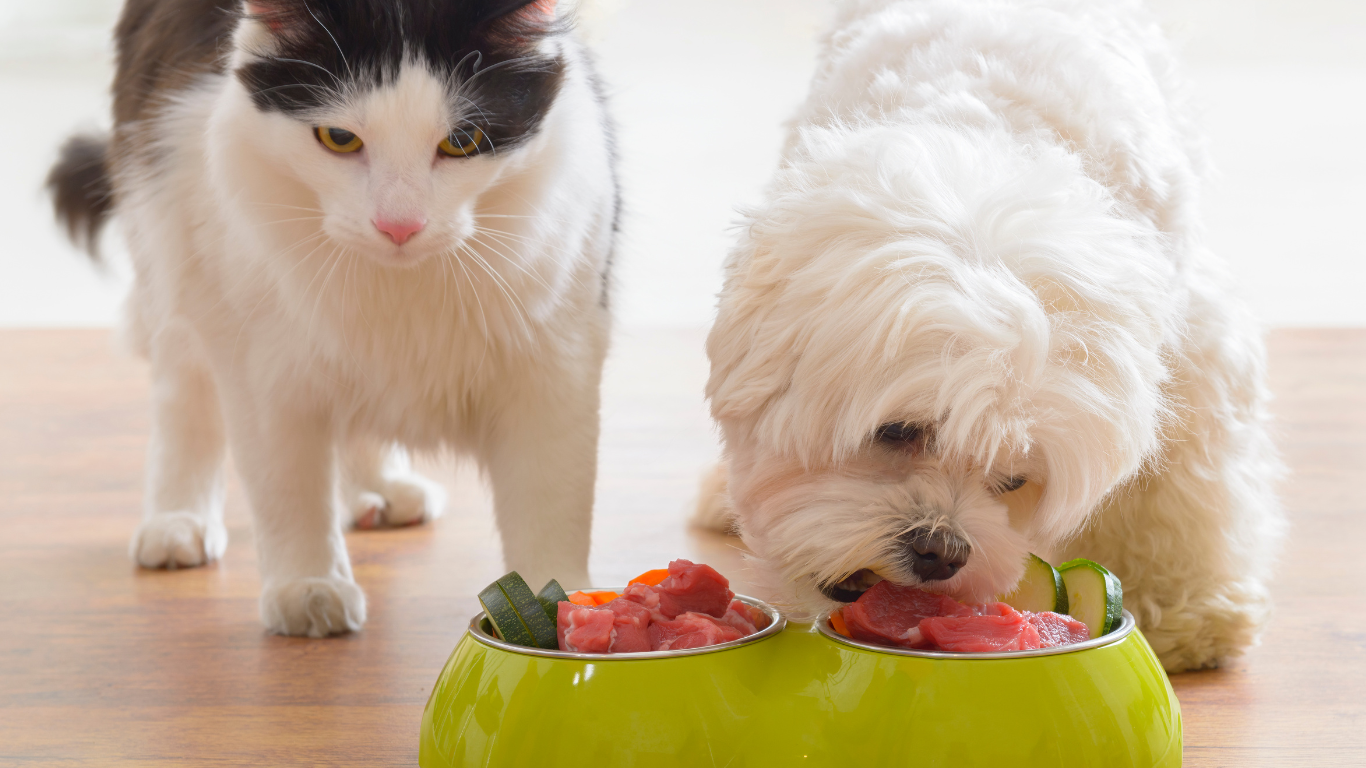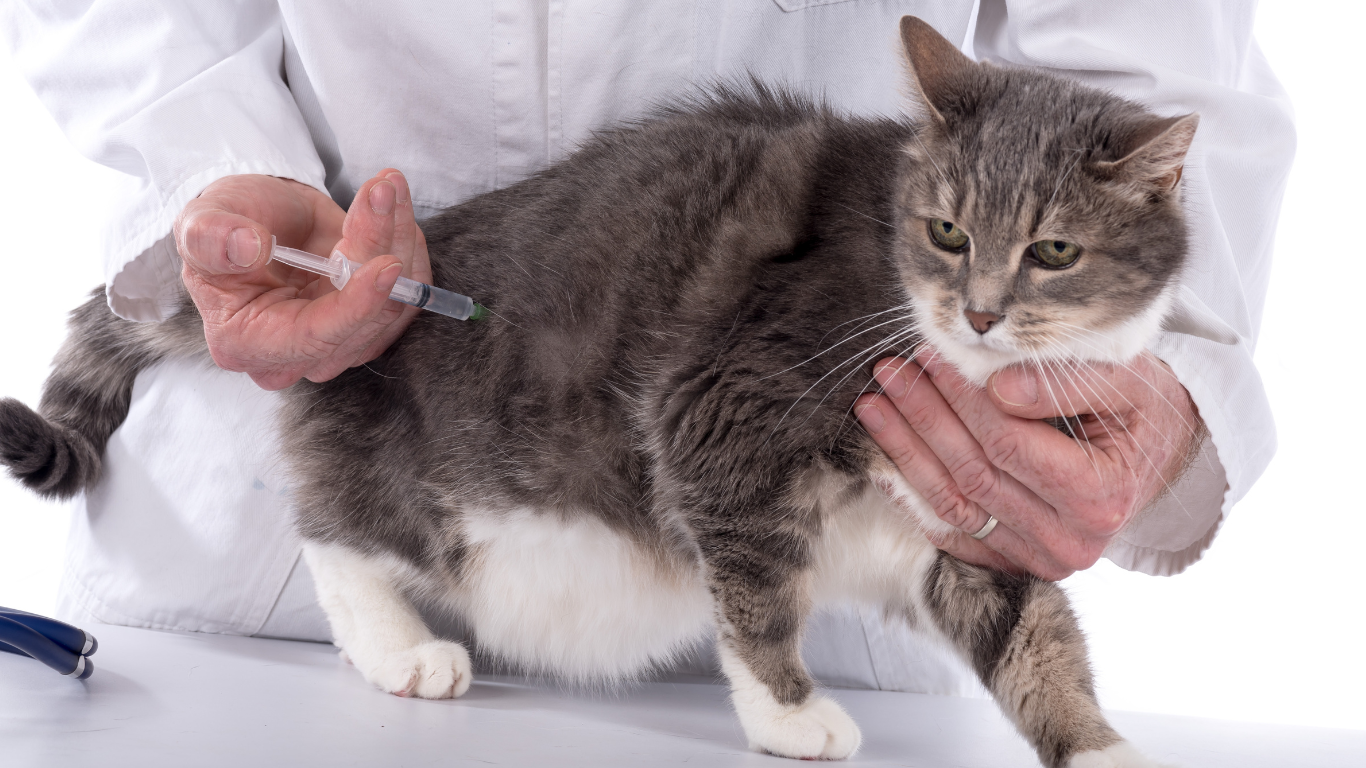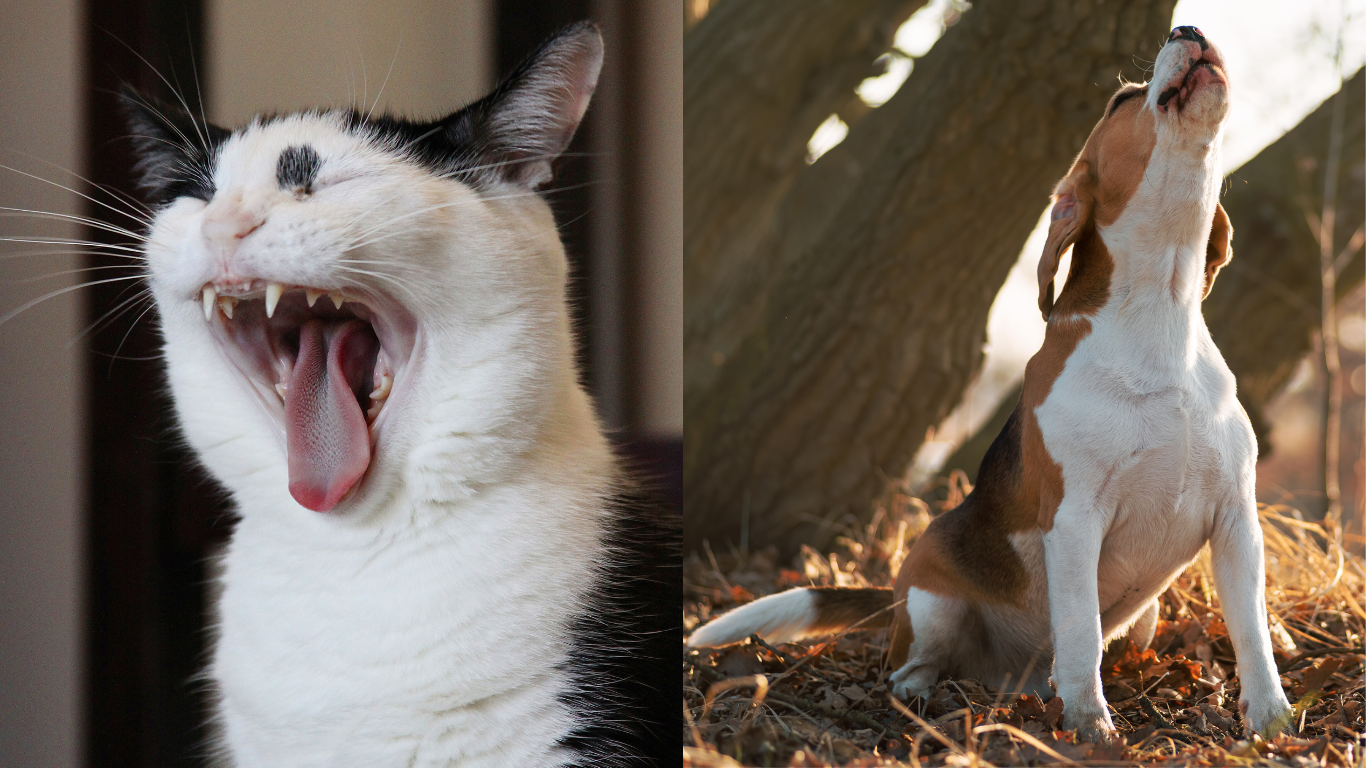Cats and dogs are carnivores and carni-omnivores, for whom meat has been part of their natural diet for centuries. We want to do justice to this diet with our products and therefore rely on a high meat content. In this article we will explain to you what you also need to know about meat when choosing food for your four-legged friend.
What exactly is a “meat portion”?
First of all, it should be said: Depending on the type of food, the meat content of the food can vary. The meat content of dry food is usually lower than that of wet food. This difference results from the drying of the meat. Fresh meat has a high proportion of water, which is lost during drying. So if dried meat is on the ingredients list, a significantly higher amount of fresh meat was required. The meat content of wet food, on the other hand, refers to the amount of fresh meat used in the food.
Do dogs and cats only need meat?
A good guide is to consider how the ancestor of the domestic dog - namely the wolf - fed. The wolf's main diet is muscle meat. However, wolves usually eat their prey completely and therefore also ingest innards, such as liver or spleen, as well as bones and plant components from the stomach contents of the prey animal. This covers the need for other nutrients. In order to counteract malnutrition, these substances should also be present in dog food. As carnivores, dogs also need vegetables and herbs that provide important fiber. Cats, on the other hand, are considered pure carnivores, so our cat food does not contain any vegetables. But they also need nutrients that they would absorb in nature by eating the entire prey, which is why we add algae lime or dandelion, for example.
How much meat do dogs and cats need in their food?
A meat content of approx. 50 to 80% is recommended, depending on the type of food (dry or canned) and the animal. As carnivores, cats need more meat than dogs. For wet cat food, the meat content should be between 60% and 80%, for wet dog food between 50% and 70%. Meat in animal feed contains essential nutrients for animals such as vitamins A and B and provides proteins that provide energy. Meat should definitely make up the skin component of the food.
What is the difference between an open and closed declaration?
For every food, the ingredients must be listed on the label in order of proportion. At the beginning there is what is contained most of the product. In the best case scenario, meat should always come first. Animal by-products are also included in the meat content. In the case of an open declaration, they are available individual components are broken down precisely and clearly on the label.
As an example, here's a look at our Guadn! - Wet food for dogs:
Meat content: 67%, consisting of beef hearts, beef, beef livers, beef lungs, beef tripe
This means you can be sure that, in addition to the meat, there are high-quality by-products, such as heart or liver, which contain important nutrients and vitamins for your dog or cat. With a closed declaration - example: 60% meat and animal by-products - The term “animal by-products” can cover inferior components such as beaks, hooves, cartilage, etc., which do not belong in dog and cat food. If manufacturers have nothing to hide, they can also name animal by-products.
Discover our high-quality food for cats and dogs with a high meat content now !










